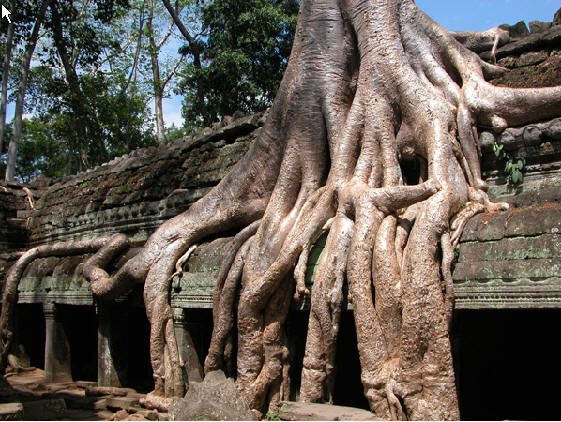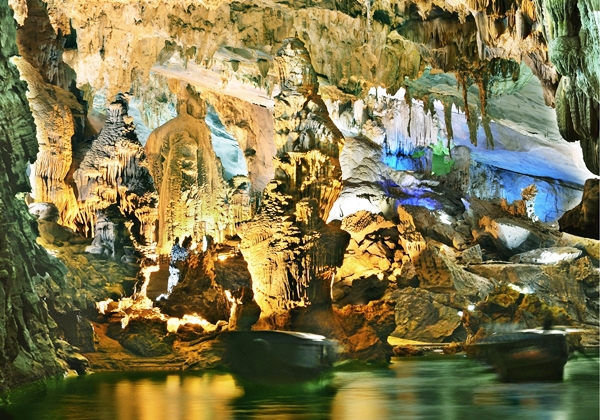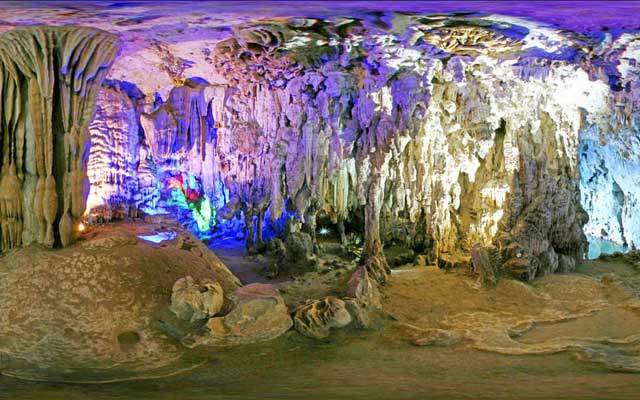Ta Prohm is the modern name of a temple at Angkor, Siem Reap Province, Cambodia, built in the Bayon style largely in the late 12th and early 13th centuries and originally called Rajavihara. Located approximately one kilometre east of Angkor Thom and on the southern edge of the East Baray, it was founded by the Khmer King Jayavarman VII as a Mahayana Buddhist monastery and university. Unlike most Angkorian temples, Ta Prohm has been left in much the same condition in which it was found: the photogenic and atmospheric combination of trees growing out of the ruins and the jungle surroundings have made it one of Angkor’s most popular temples with visitors. UNESCO inscribed Ta Prohm on the World Heritage List in 1992.

Ta Prohm was built by the Khmer King Jayavarman VII as a Mahayana Buddhist monastery and university. After the fall of the Khmer empire in the 15th century, the temple of Ta Prohm was abandoned and neglected for centuries. When the effort to conserve and restore the temples of Angkor began in the early 20th century, it was decided that Ta Prohm would be left largely as it had been found, as a “concession to the general taste for the picturesque.” Interesting in Ta Prohm? HRC is pleased to offer great service to build a unique Cambodia tour for you. Recommended Tours with Ta Prohm: 5 Days Angkor (Siem Reap) Discovery Tour; 7 Days Cambodia Highlights Tour; 10 Days Cambodia Experience Tour; etc
The design of Ta Prohm is that of a typical “flat” Khmer temple (as opposed to a temple-pyramid or temple-mountain, the inner levels of which are higher than the outer). Five rectangular enclosing walls surround a central sanctuary. Like most Khmer temples, Ta Prohm is oriented to the east, so the temple proper is set back to the west along an elongated east-west axis. The outer wall of 1000 by 650 metres encloses an area of 650,000 square metres that at one time would have been the site of a substantial town, but that is now largely forested. There are entrance gopuras at each of the cardinal points, although access today is now only possible from the east and west. In the 13th century, face towers similar to those found at the Bayon were added to the gopuras. Some of the face towers have collapsed. At one time, moats could be found inside and outside the fourth enclosure.

The temple of Ta Prohm was used as a location in the film Tomb Raider. Although the film took visual liberties with other Angkorian temples, its scenes of Ta Prohm were quite faithful to the temple’s actual appearance, and made use of its eerie qualities.
Any one has arrived in Ta Prohm will find out by themselves with a feeling of mysterious, amazed and romantic. Because Ta Prohm comprises the special characteristic of a nature take over the ancient temple by the giant trees, and have no any idea to restore too much, despite Indian government has a restoration and preservation project on the site.















